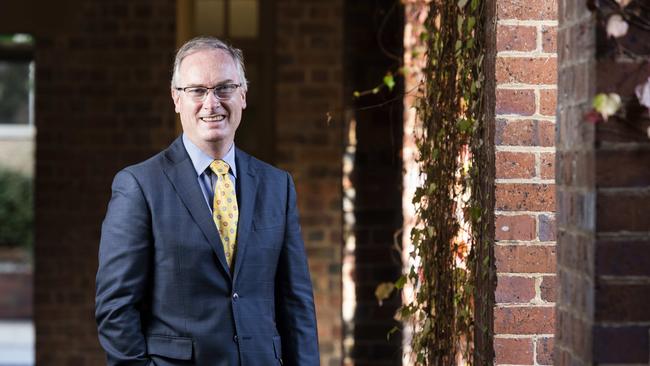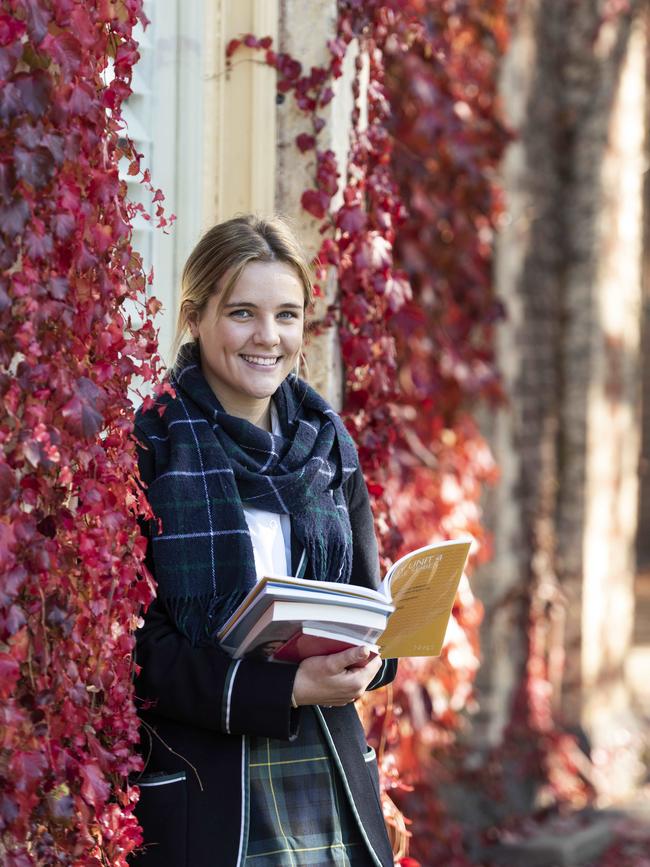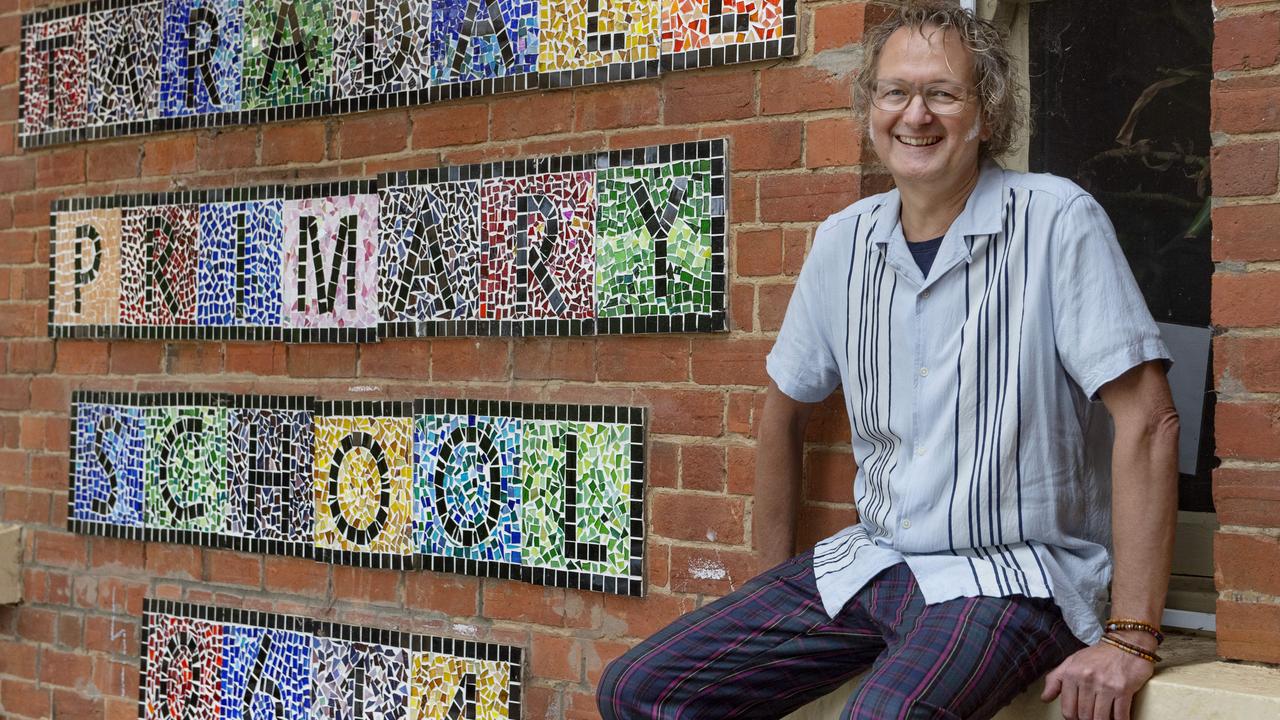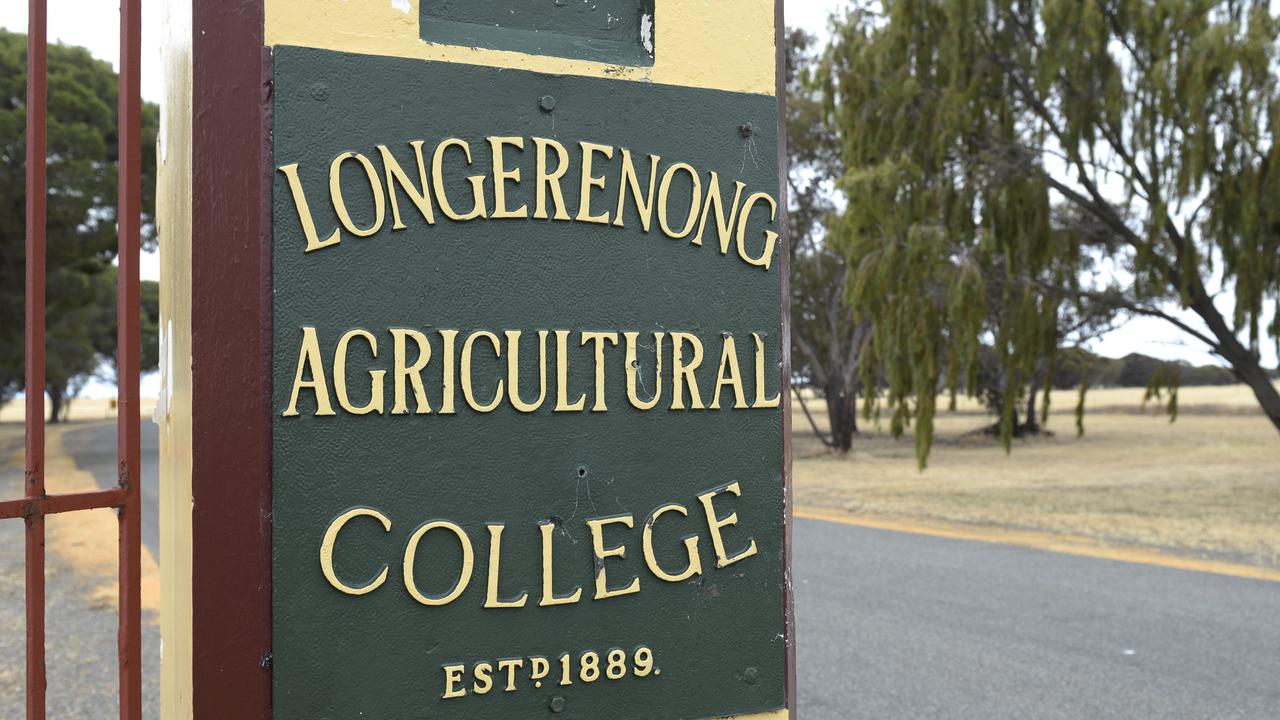Geelong principal: Teachers need classroom to practise their craft
This respected principal is leading the charge back into classrooms, and with good reason.

The Geelong College is an exhibitor at VirtuAg, Australia’s Virtual Field Days
- Your 2020 guide to school tuition and boarding fees
THE Geelong College principal Dr Peter Miller and his staff have spent the past two months looking forward to this week, in which all of the school’s students are due to return to face-to-face learning.
While teachers and families have put huge effort into creating an excellent remote learning program, Dr Miller believes there is no substitute for in-class instruction.
“The academic component is a big part of school,” Dr Miller said. “For our school, however, the social and emotional connection to school is so important. It is a really big part of the life of our students in this school, and it is fair to say of most adolescents in most schools.
“That has in some ways been the largest challenge.”

Year 12 boarder Astrid Crtalic is one of the college’s 1400 students, who have done their best to cope with the significant change to schooling.
“It was different, not having the social aspect of being in the classroom, but we all adapted pretty quickly,” Astrid said.
After the Victorian Government’s announcement last month that classroom learning could resume in stages starting May 26, Dr Miller was excited to roll out the school’s preferred return-to-class plan. Astrid said she was looking forward to reverting to a more familiar routine.
“I’m excited to be able to see everyone again, and be able to turn to the person next to me in class and ask questions,” she said.
Children from kindergarten through Year 6, and Years 11-12, went back to classrooms, spread across three campuses, on May 26. The remainder of students – Years 7-10 – were due to join them on Monday, June 1, a week before most schools across the state.
“The unique layout of the three schools of The Geelong College means our transition to normal operations can vary slightly from the sequence described by the Premier,” Dr Miller said in a letter sent to parents.
Speaking to The Weekly Times in May, Dr Miller said the rapid transition to remote learning during the final week of March had been a huge challenge.
“We have been making it up as we go along, we are not embarrassed to say that,” Dr Miller said. “Generally, you learn, you test, you pick up and go forward. Learning is not a linear process and that has been highlighted in this.”
Teachers as well as students had a steep learning curve associated with using Microsoft Teams to conduct online classes, submit work and collaborate on projects. Dr Miller is adamant the effort will not go to waste.
“We are doing parent teacher interviews online for senior students and, I don’t want to kill the golden goose, but, it has actually gone quite well,” he said. “We have moved from thinking about what these programs can’t do and their limitations … and now focus on what they can do.”
Despite embracing the online technology, Dr Miller also discovered the lack of social interaction had a huge negative effect on students.
Many schools ran student and parent surveys to find out how people were coping with the change. Dr Miller instead conducted weekly focus groups with students.
“I’m not critical of surveys, but you only get answers to the questions you ask. For me, I ask the students broad questions … ‘What has your experience been like this week?’. The overwhelming response was that kids miss school.”
He said the feedback underlined the significance of what teachers do every day. “Teachers, as they move around the classroom, there is a skill and craft component to what they do,” he said. “First class curriculum presented by second class teaching pedagogy will never be as good as second class curriculum presented by first class teaching.”
He said feedback also showed students missed the structure of classroom learning.
Safety procedures have been mapped out in detail for day school, but Dr Miller said bringing the school’s 100 boarders back into the boarding houses was more complicated.
“The challenge is that there are no two boarding houses that are the same,” he said. “The girls and boys layout are completely different. Dining halls and food distribution is a real challenge.
“We will be looking at all those things. Whenever they return it would be reasonable to expect health and safety protocols are in place.”
Despite all the careful scenario planning, Dr Miller is still prepared for unexpected setbacks should the health advice change in the coming weeks.
“The seemingly familiar terrain we believe we are heading towards may have a few surprises we have not yet anticipated,” he said.
MORE EDUCATION
BOARDING SCHOOL FEES ON THE RISE
HOW REMOTE LEARNING HAS TRANSFORMED SCHOOLS FOR GOOD
REGIONAL INDEPENDENT PRINCIPALS WEIGH IN ON BACK-TO-CLASS DEBATE


